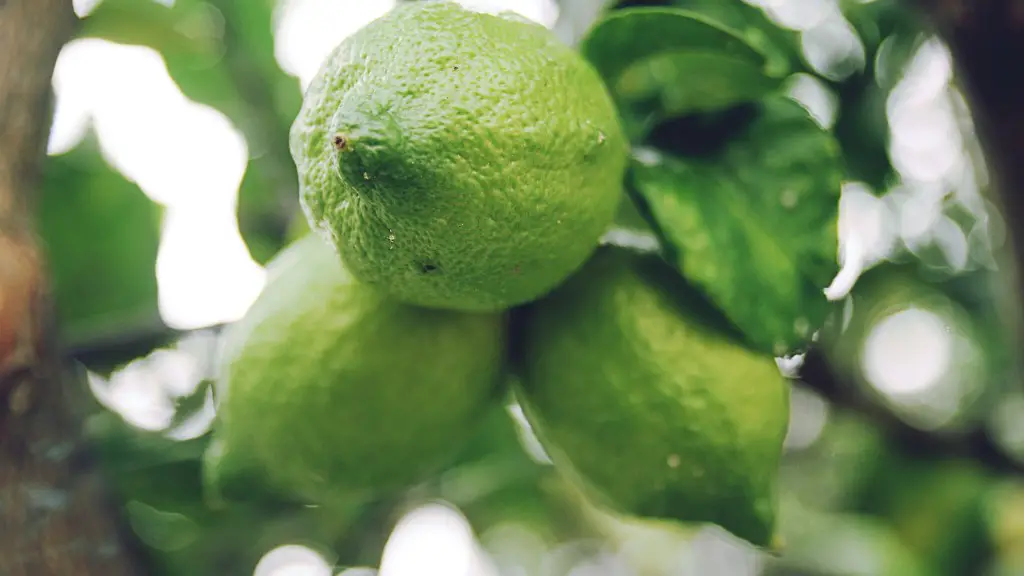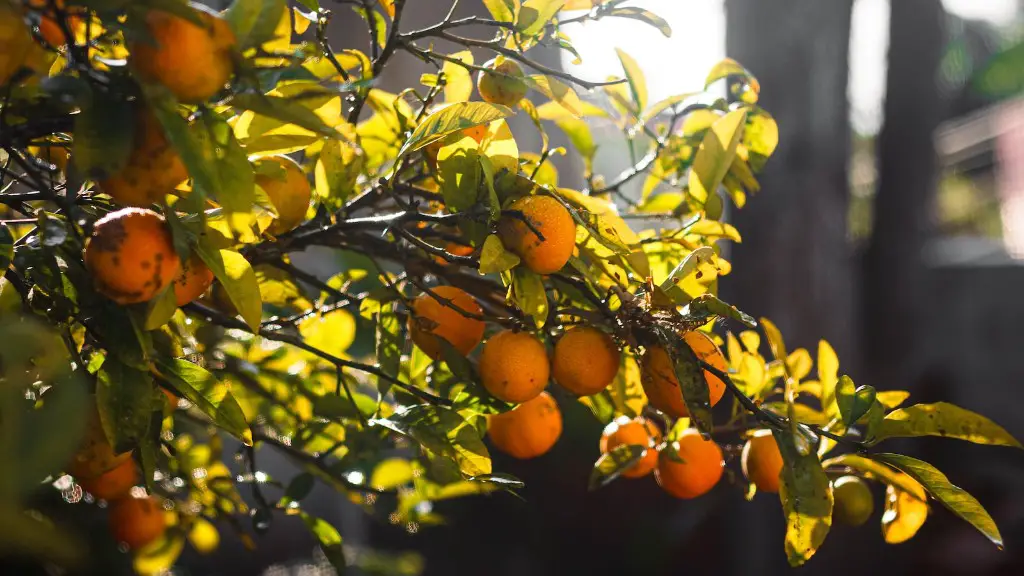Pruning an apple tree is an essential gardening practice for gardeners, both for managing a healthy tree and for producing a quality harvest. The objective of pruning an apple tree is to ensure that the tree is productive and healthy, with the pruning stimulating growth and eliminating any diseased, dead, or broken branches. Pruning should be done carefully and thoughtfully, with gardeners paying attention to the specific timing and structure of the tree when cutting. Contractor pruners should be aware of any environmental conditions that may affect the task and adhere to prevailing horticultural practices.
When pruning an apple tree, gardeners should begin by removing any water shoots or malformed branches. These are structural issues that can cause the apple tree to be unstable, leading to safety issues further down the line. Water shoots should be taken out because they tend to lead to weak branches that are prone to breaking or can obstruct the need for sunlight to reach the main branches. It is also important to remove dead or weak branches, as they contribute to extra weight and make the tree unstructured, not allowing it to form an evenly rounded shape.
Gardeners should also be aware of crown-raising and drooping. Crown raising is when the lower branches of the tree either start to go below the accepted limit of 10-12 feet or tend to become too congested. Drooping occurs when the overhead branches spread inwards and start to reduce the tree’s vigor. In both cases, gardeners should consider cutting off the affected branches to ensure the apple tree’s health and structure. It is also wise to thin out any of the congested branches within the tree canopies as this will allow more sunlight in and better airflow for the tree.
Lastly, gardeners should keep an eye on the fruiting spurs. These are small, stubby side branches that appear opposite on the main branches and develop flowering buds which in turn become fruits. These fruiting spurs need to be kept in check as they tend to lead to competition with other spurs which leads to fewer flowers and fruits. By pruning them regularly will prevent this, with gardeners removing any of the older spurs and allowing new ones to develop.
What is Pollarding and Summer Pruning?
Pollarding is a pruning technique in which stems of trees and shrubs are cut back to the same level and kept at a specific size. This technique is suitable for apple trees as it serves to maintain a smaller size as well as promote higher-quality fruit. Pollarding should be done late in winter, once the sap has begun to rise, with gardeners cutting branches just above a strong bud. Summer pruning involves removing any weakly growing shoots, dead wood, and shoots shaping the tree that have not done so naturally.
Summer pruning should be done before August when fruiting spurs are forming. It is necessary to prune all new growth to just two buds and remove any of the excess shoots, ensuring that the tree forms a healthy shape before the winter. Summer pruning involves cutting back all overly long shoots by half and also removing any shoots that form too close to one another to reduce competition.
The most important thing to remember when pruning an apple tree is to think about the long-term, remembering that it is important for gardeners to think about the tree’s overall health and structure, especially after every pruning season. Removing all of the dead wood as well as any overcrowded or misdirected branches is beneficial in the long run as it will help promote vigorous growth and maintain the structure of the tree.
What Should Gardeners Avoid When Pruning an Apple Tree?
When pruning an apple tree, there are some things that gardeners should avoid doing as it can lead to the weakening of the tree or even its death. Avoid pruning when the weather is too hot or too cold, as this can cause harm to the apple tree. Furthermore, gardeners should also avoid cutting too much off one branch, as it can leave the tree vulnerable, especially when it comes to harsh elements like wind and rain. Finally, it is best to avoid cutting too much off the top of the tree, as it can reduce the amount of sunlight that the tree receives and disrupt its structure.
What Resources Should Gardeners Have for Pruning and Apple Tree?
When pruning an apple tree, it is important for gardeners to have the right equipment and resources. Gardeners should have a pair of pruning shears which should be sharp and in good condition for accuracy. Pruning saws can also come in handy for larger branches. Furthermore, gardeners should also have a ladder to help them access higher parts of the tree and reach some of the branches which are out of reach.
When it comes to resources, gardeners need to research or consult with experts on how to prune an apple tree before they begin the process. Furthermore, they should also be aware of any tools they may need or potential pests and diseases that they may face. Having a good knowledge base is key when it comes to gardening and pruning an apple tree.
What Steps Are Involved Before Pruning an Apple Tree?
Before pruning an apple tree, there are a few important steps for gardeners to undertake. Firstly, gardeners need to do an assessment of their tree, checking for any issues such as dead wood, overcrowding, and disease. This will help them to plan out their pruning ahead of time and make sure they are taking the right steps to maintain the tree’s health. Secondly, they need to plan out where they are going to cut, setting out a strategy to ensure that they are making the most out of the pruning season. Finally, gardeners need to make sure they have the right tools for the job, with a well-sharpened pair of pruning shears being essential for the task.
How Should Gardeners Clean Up After Pruning an Apple Tree?
Gardeners should always clean up after pruning an apple tree to ensure the surrounding environment is safe from disease. Firstly, gardeners should remove any damaged wood or branches from the tree, placing them in secluded spots away from other trees or gardens. Secondly, gardeners should rake up any of the debris around the tree, ensuring that there are no branches or leaves left behind that can spread disease. Finally, gardeners should disinfect their tools once they are done with their task to prevent the spread of any diseases.


